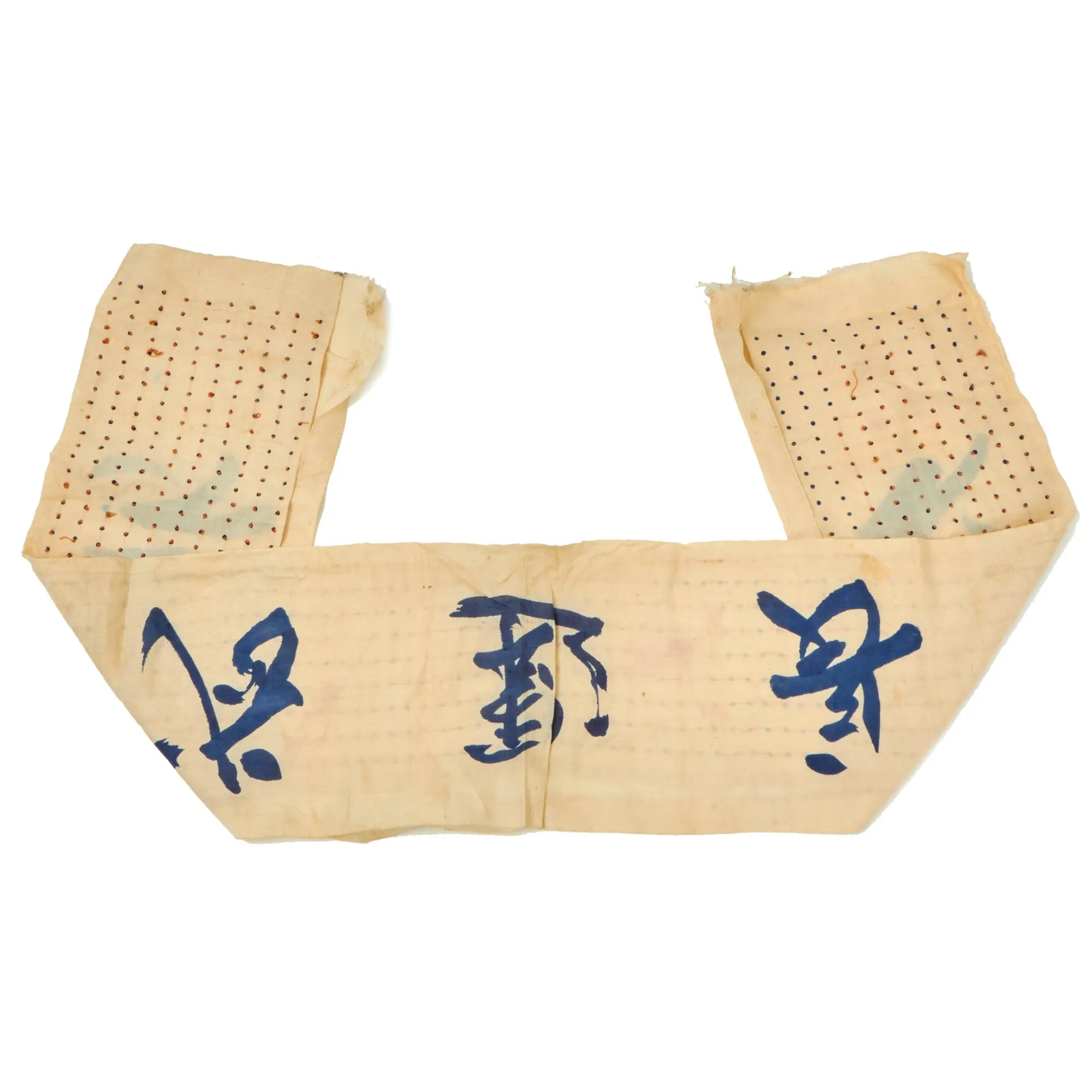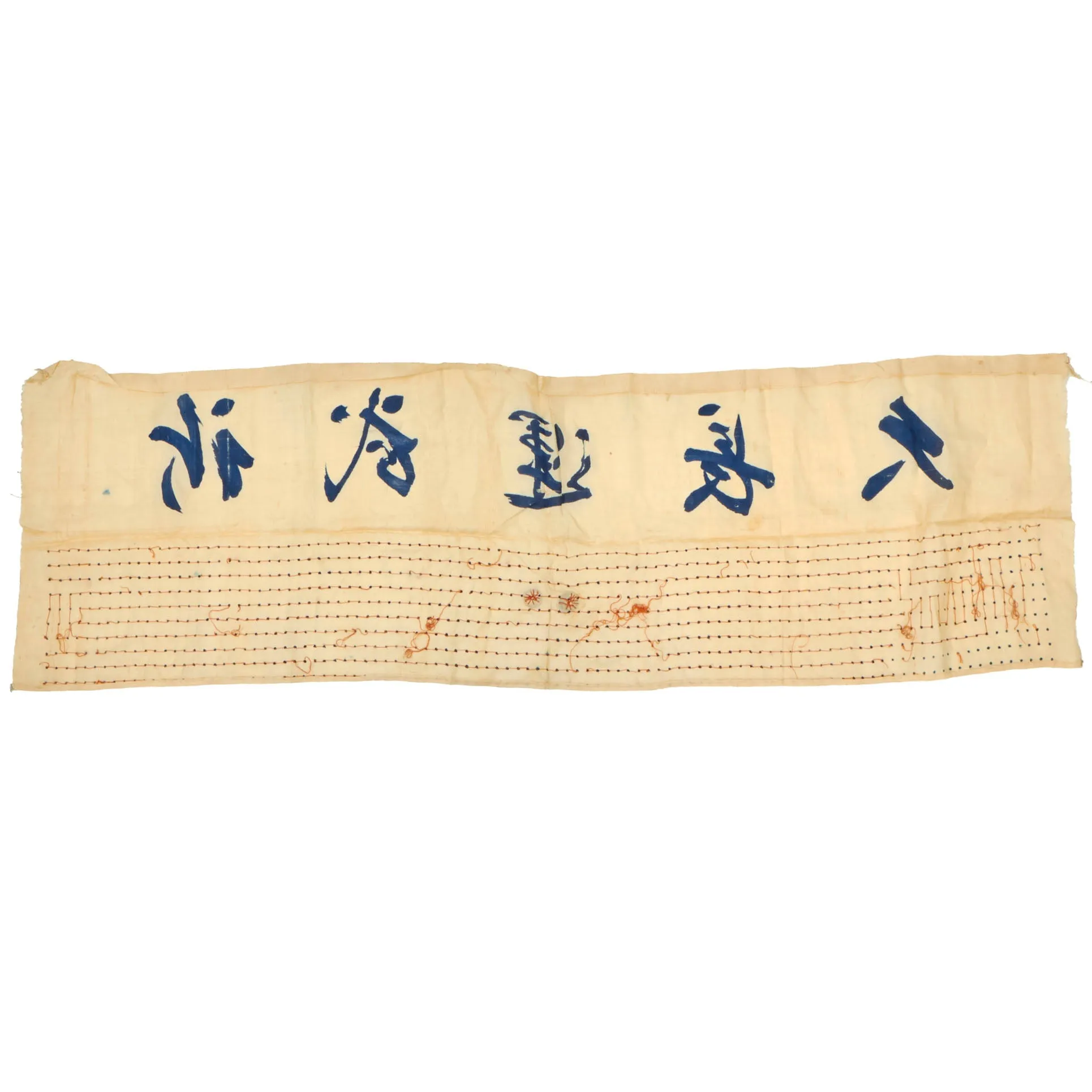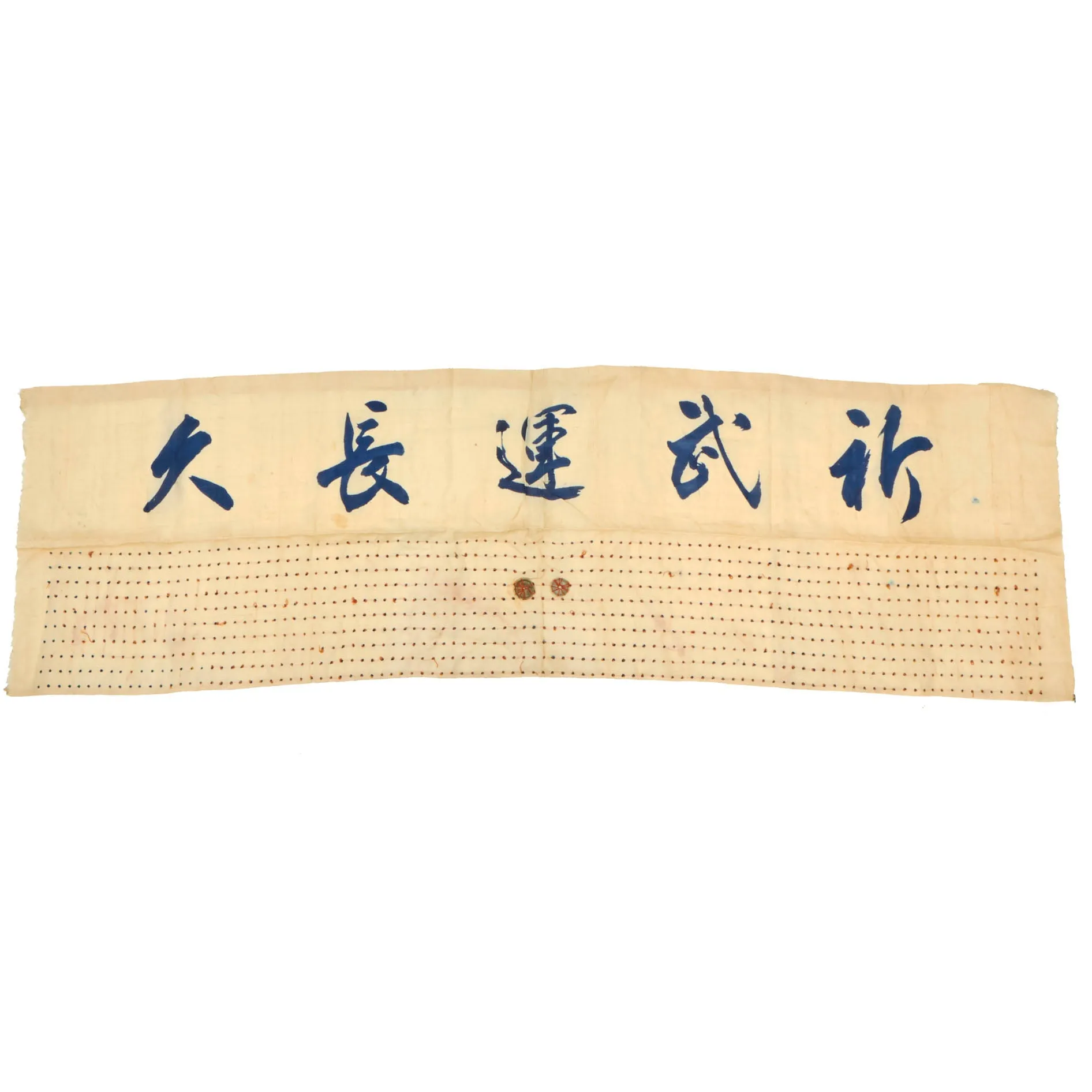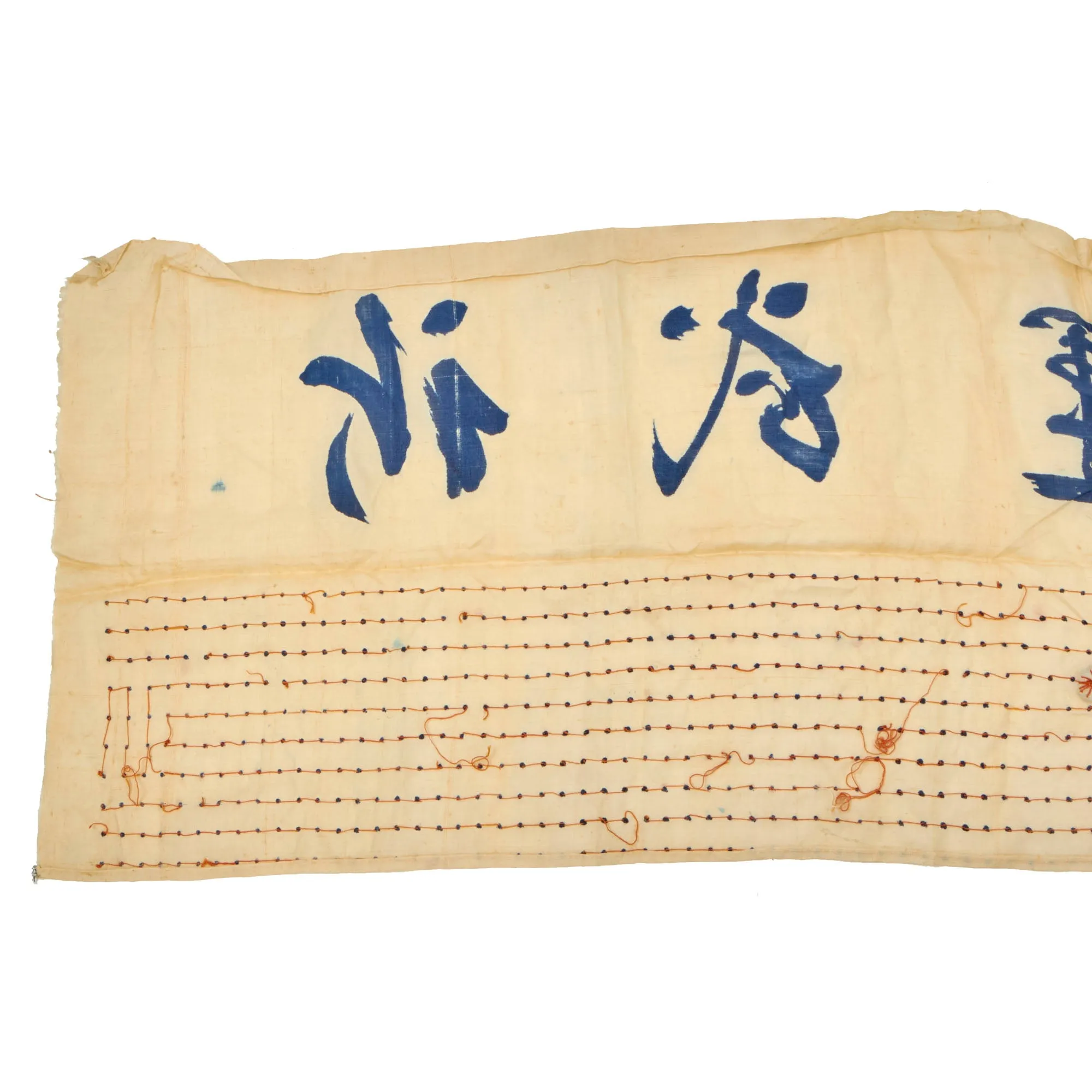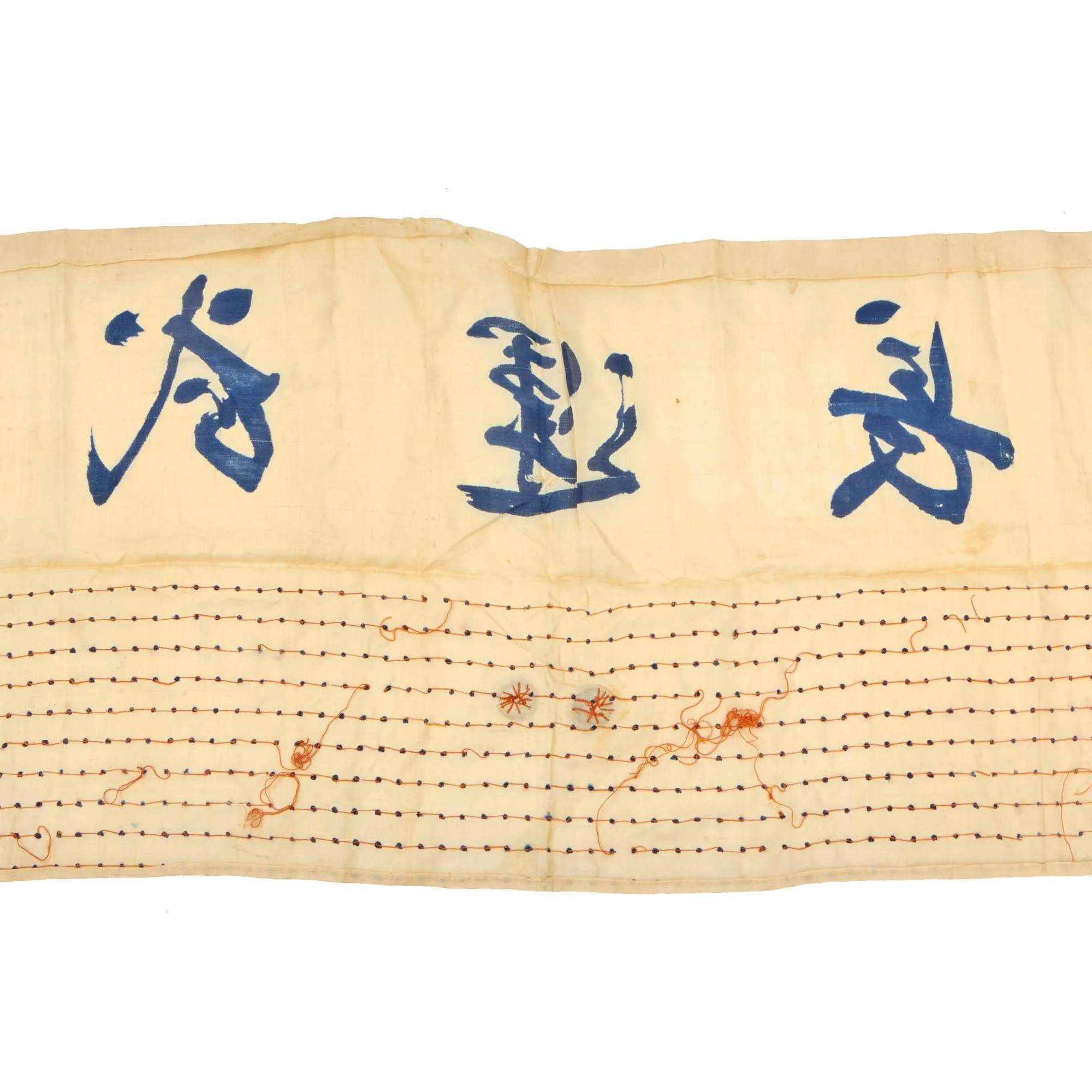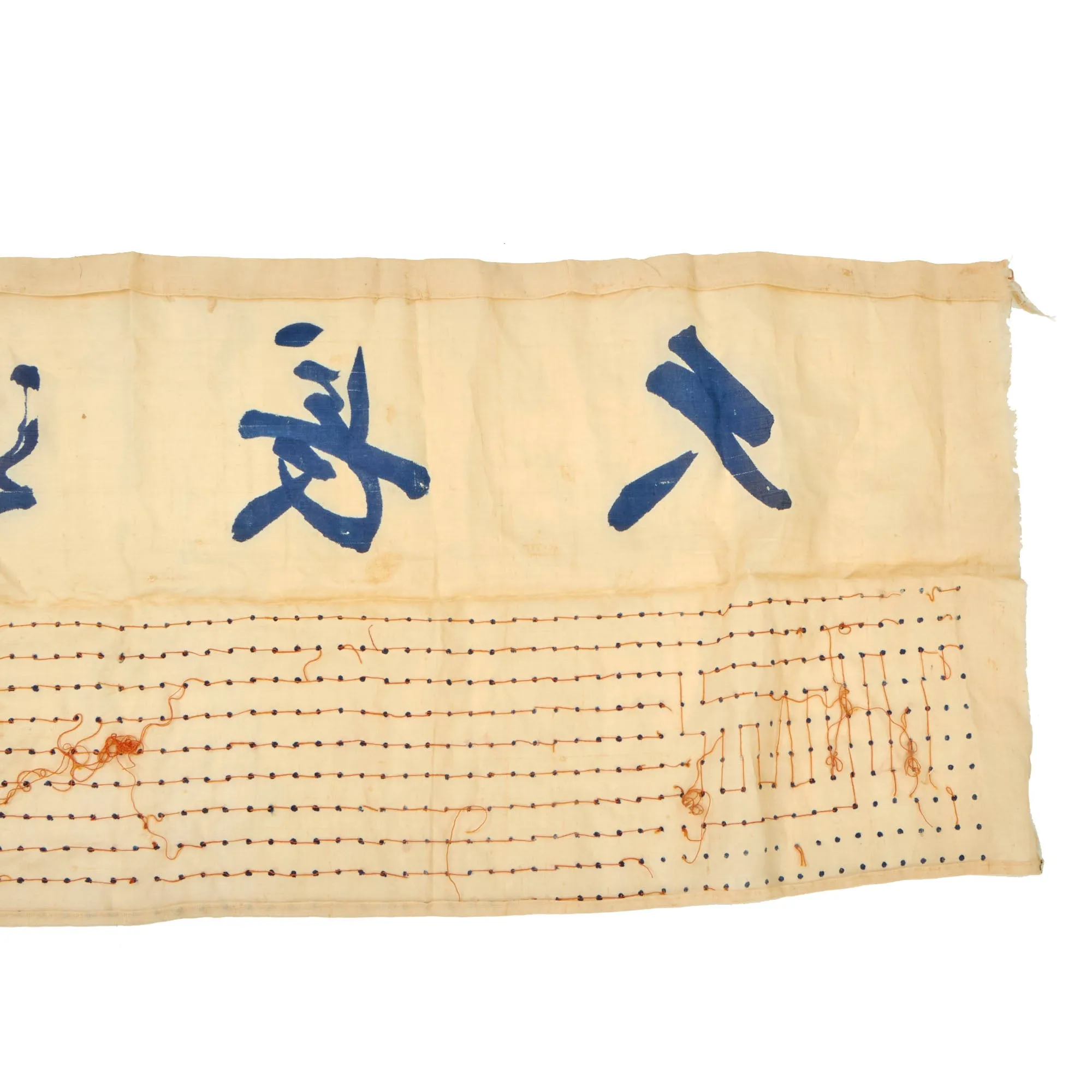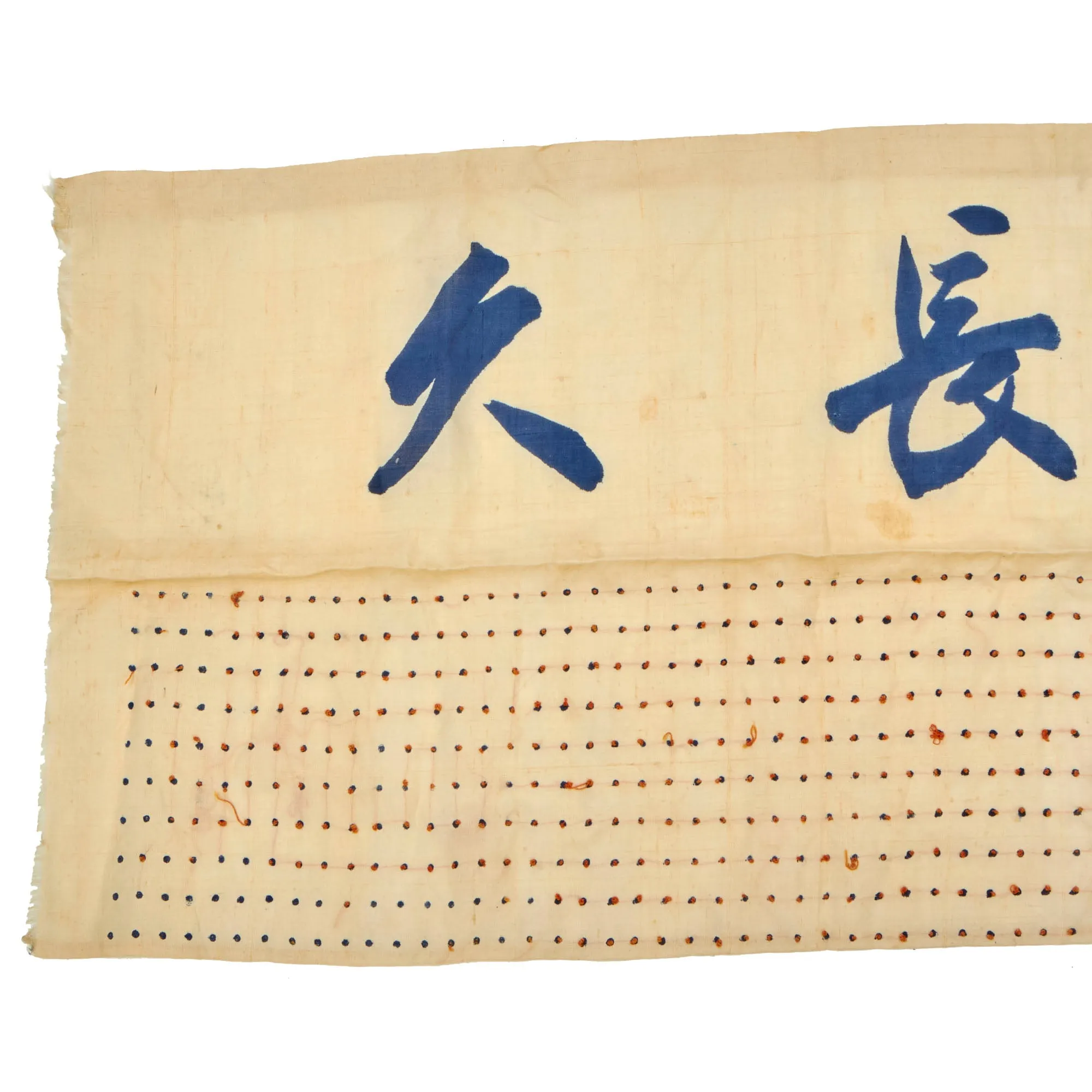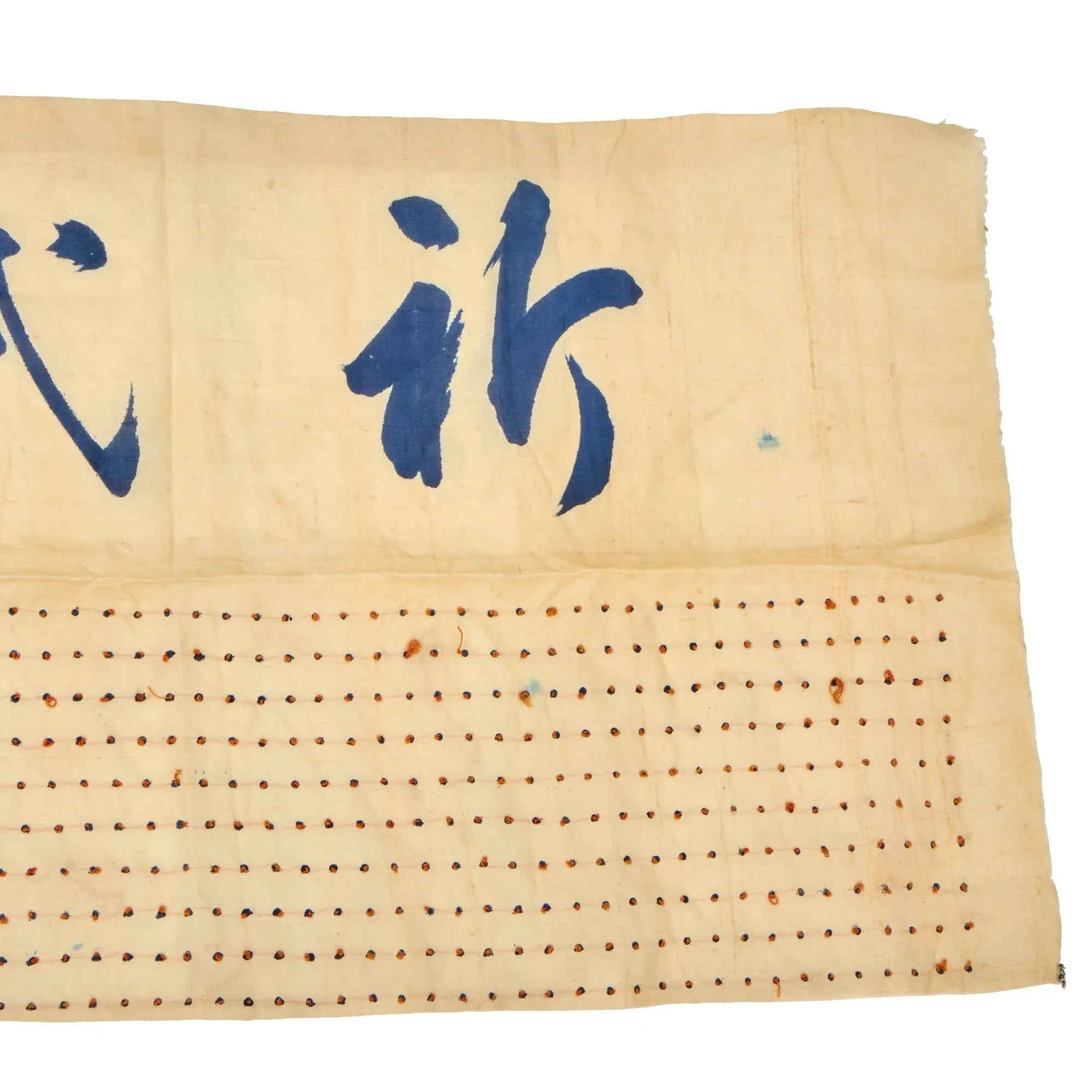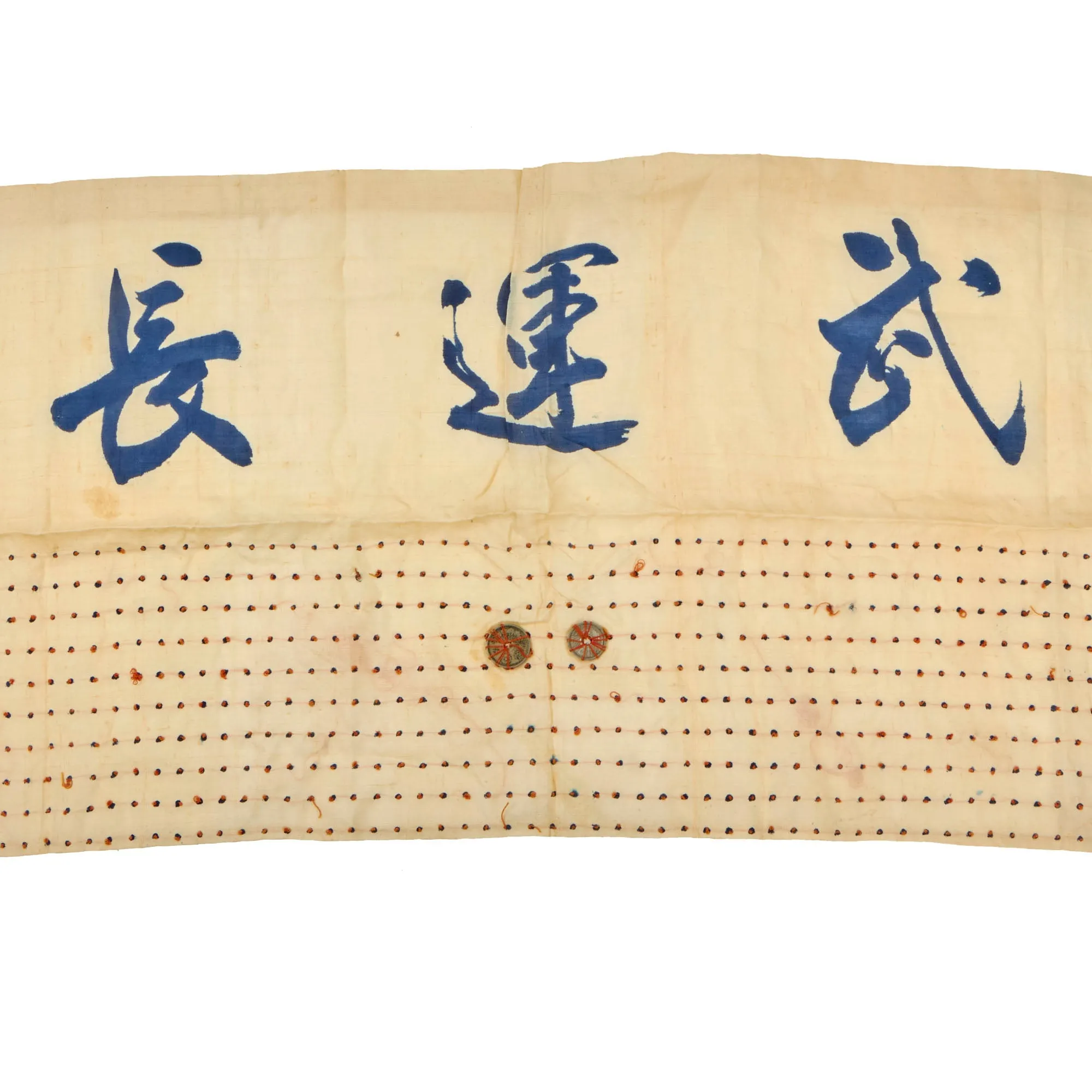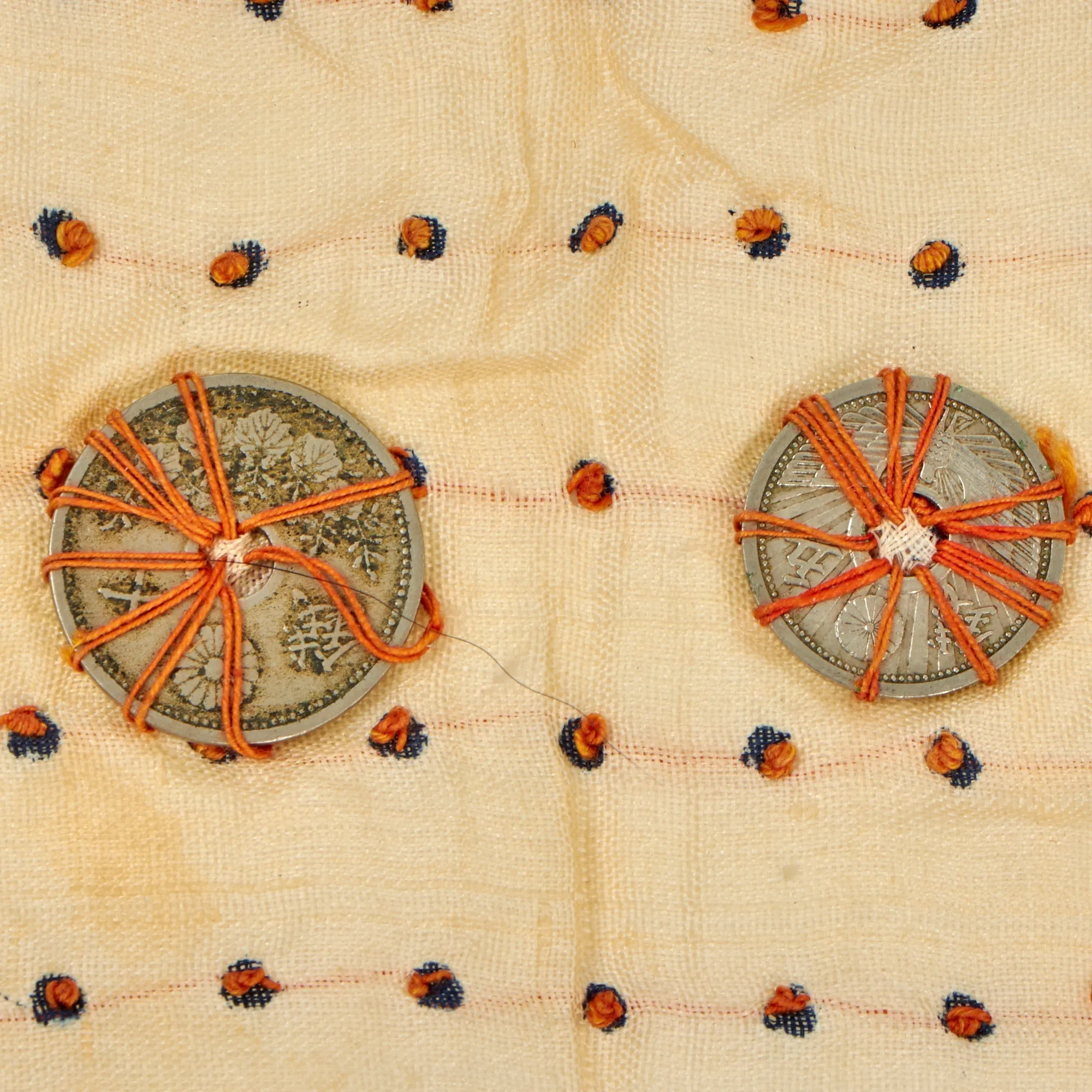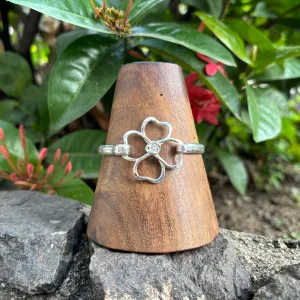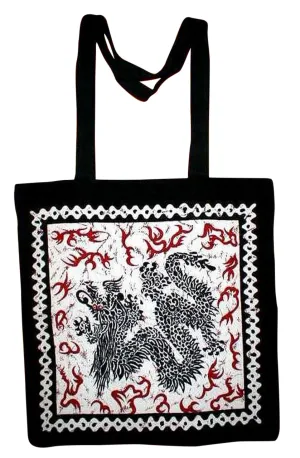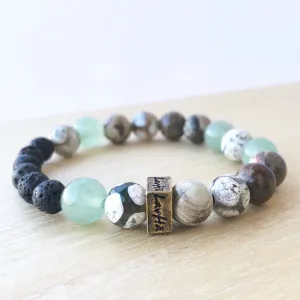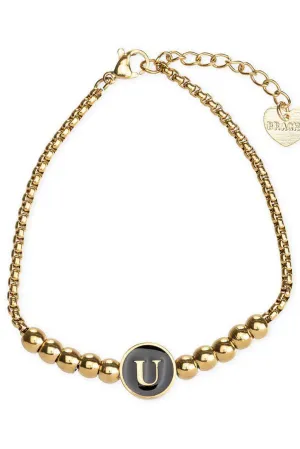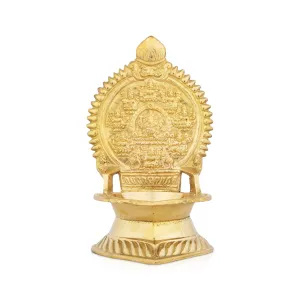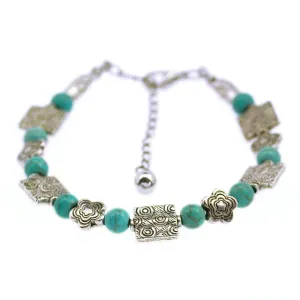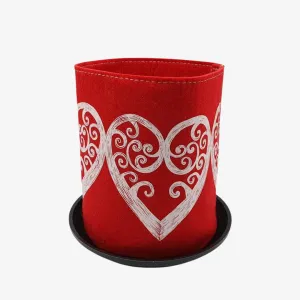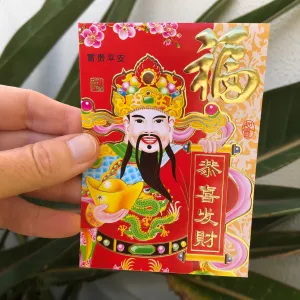Product Details
+Original Item: One-of-a-kind. A Senninbari (千人針 thousand-person-stitches) or One-thousand stitch is a strip of cloth that measures approximately 15 cm (6 in) high and up to 90–120 cm (3–4 ft) or more in length. Each end of the belt (sash) may or may not have strings, snaps or buttons that allow it to be fastened about the waist. Examples that lack these were often tucked into the waist. Other variations were never worn but may have been folded and placed inside helmet liners, pockets or packs. Senninbari were decorated with 1000 knots or stitches, and each stitch was normally made by a different woman. Senninbari were given as an amulet by women to soldiers on their way to war as a part of the Shinto culture of Imperial Japan.
This wonderful example measures a total of 46 inches by 14 inches and is definitely the type worn around the waist but does not have any ties. There is Kanji on the belt just waiting to be translated and researched.
The belt appears to be made of linen cloth, and has not been folded over and stitched together around an inner layer of padding like those most often encountered. There are some small tears and staining, as well as overall age toning. However it still displays very nicely.
Definitely one of the more interesting Japanese items we have had. Ready to display!
Senninbari were most commonly made from white cloth and embroidered with 1000 red stitches, as the combination of white and red was considered to be lucky and auspicious. Yellow, red and green cloth were also used, and were combined with various coloured threads (such as yellow, gold, red and white) used for the embroidery. The stitches were typically arranged in multiple rows, but were also arranged in formations creating patterns resembling images of flags, patriotic slogans, or tigers; the most common slogan stitched into senninbari was bu-un chō-kyū (武運長久) or "eternal good luck in war". Tigers stitched or painted onto senninbari were also common, as tigers were popularly known to be able to travel far away from home and return safely.
Senninbari took various forms, and were not limited exclusively to belts. Some senninbari were made to be used as hachimaki (headbands), as well as belts, vests and caps; the most uncommon forms of senninbari were good luck flags. Senninbari designed to be worn around the waist, known as senninbari haramaki (abdomen senninbari), were considered to maintain good health, as well as being good luck for the wearer.
The custom of producing senninbari originated during the First Sino-Japanese War of 1894–1895. In their earliest forms, senninbari were small handkerchief sized pieces of square material, containing 1000 knots or stitches embroidered to strengthen the material, the implication being that this strength was passed along to the man carrying it.
In general, senninbari and later varieties one thousand stitch belts were believed to confer courage, good luck and immunity from injury (especially bullets) to their wearers. Some Japanese soldiers rejected the belief that the senninbari could protect them from harm, instead believing that the amulet would allow them to inflict the greatest damage upon the enemy before offering their own lives up in battle. Others in the military wore the senninbari as a memento and a keepsake of the women who had given it to them.
Original Japanese WWII Senninbari 1000 Stitch Belt - 46” x 14”




